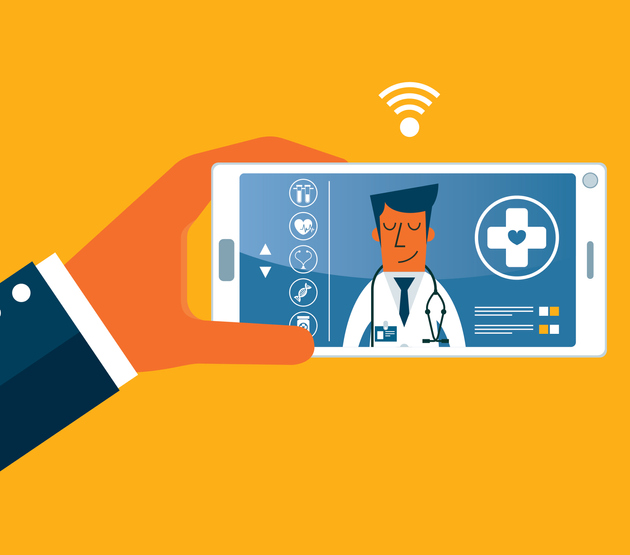
Although the pandemic reshaped how people access telehealth, the most prolific users continued to skew younger and higher income, according to Rock Health’s Digital Health Consumer Adoption Survey.
According to the most recent findings, telehealth use isn’t equal across the board. People with incomes of $150,000 or greater, people ages 18 to 44, and people who reported having one or more chronic conditions were most likely to use telemedicine, according to the survey.
Rock Health also found that women were more likely to use telehealth than men, a change from its findings last year. Black, Hispanic, Asian, American Indian and Pacific Islander respondents reported using telehealth more than people who identified as white only.
This mirrors findings by other reports. A Pew study last year found that Black and Latino respondents reported using telehealth more last year than white respondents, a change from before the pandemic.
Location also played a factor. People in urban neighborhoods were significantly more likely to use telehealth than people in rural locations, with 9% of respondents in rural areas listing lack of broadband access or poor cell service as barriers. This follows similar findings by the Department of Health and Human Services.
In total, Rock Health surveyed a total of 7,980 adults in a Census-matched sample. The survey was conducted online and in English, which may have affected the findings.

A Deep-dive Into Specialty Pharma
A specialty drug is a class of prescription medications used to treat complex, chronic or rare medical conditions. Although this classification was originally intended to define the treatment of rare, also termed “orphan” diseases, affecting fewer than 200,000 people in the US, more recently, specialty drugs have emerged as the cornerstone of treatment for chronic and complex diseases such as cancer, autoimmune conditions, diabetes, hepatitis C, and HIV/AIDS.
Video visits become more prevalent
How people access virtual care has also changed since Rock Health began the survey seven years ago. For the first time, video visits outpaced other telehealth modalities in 2021.
About 51% of survey respondents said they had used live video telemedicine in 2021, while 45% accessed care through a phone call, and 37% through an app or website. Prior to the pandemic, phone calls and emails were the most common modalities for telehealth.
Satisfaction with telehealth also dipped between 2020 and 2021. While overall, the majority of people were at least as satisfied with telehealth as in-person care, those who favored telehealth over in-person visits decreased. For example, 53% of people said they were more satisfied with a video visit than an in-person visit last year, compared to 43% of people this year.
This might be due to changing expectations around telehealth as an alternative to care, rather than a needed replacement, the authors of the report wrote. While many practices temporarily limited in-person visits during the early months of the pandemic, now more patients are returning for in-person care.
The survey shed some light on where people still prefer telehealth over other treatment settings. For instance, people preferred video visits for prescription refills, or flu or cold treatment. A significant number of people, about 25%, said they preferred video visits for mental healthcare, although the majority still wanted to be seen in-person.
Photo credit: Sorbetto, Getty Images












